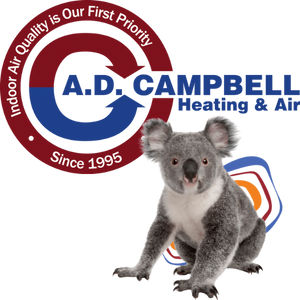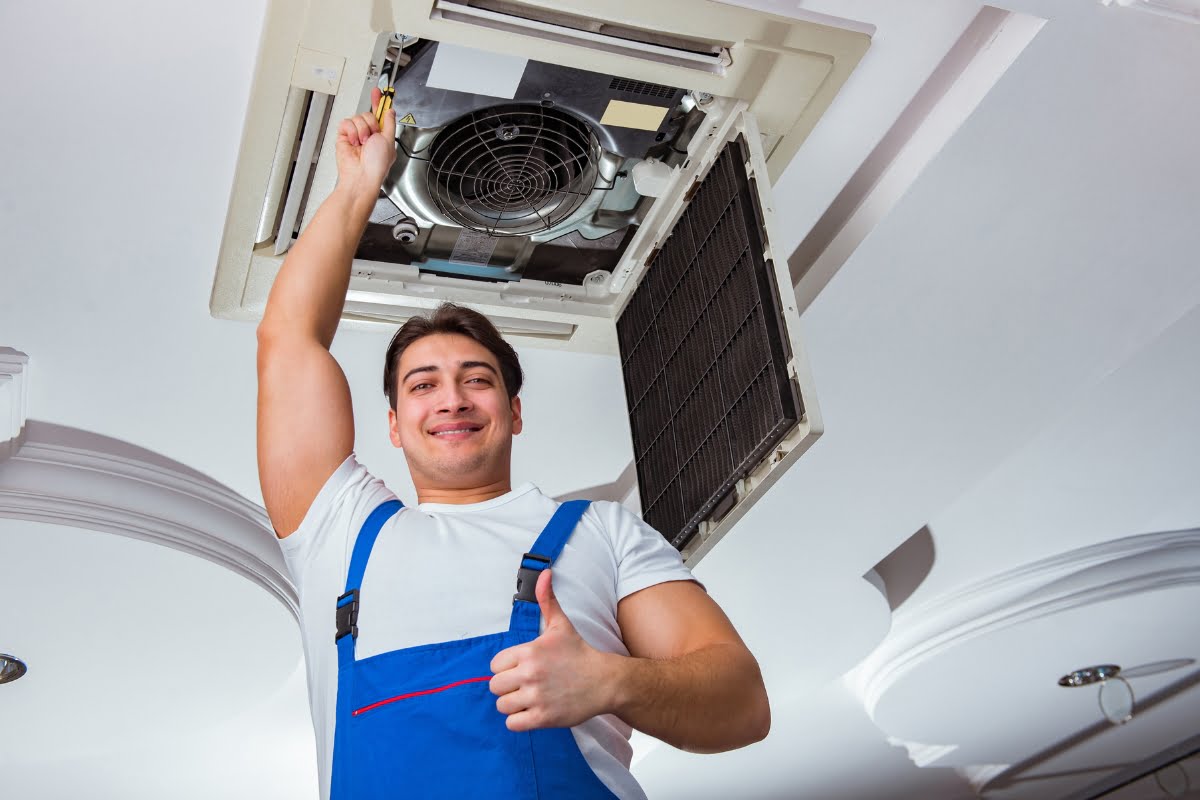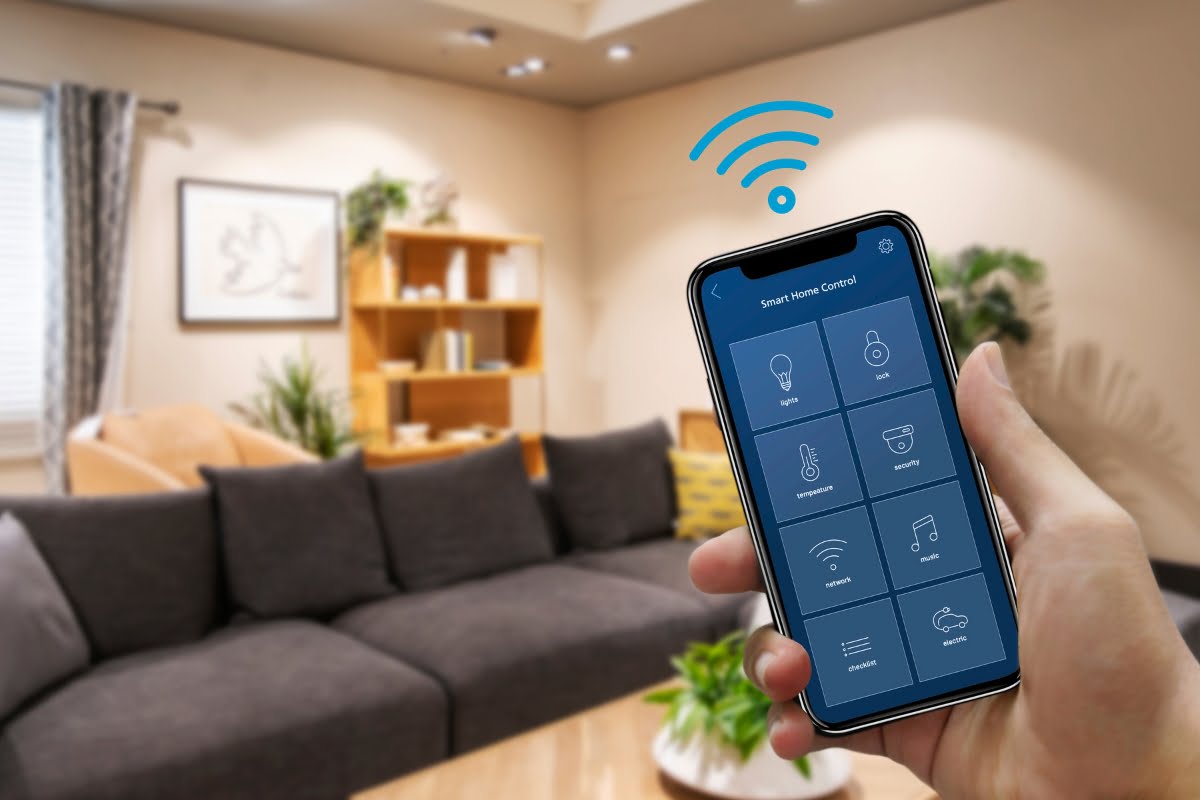Dealing with HVAC issues can be a frustrating experience for homeowners, especially when they arise unexpectedly. From sudden temperature fluctuations to strange noises emanating from your unit, identifying and troubleshooting common HVAC issues is essential for maintaining comfort and energy efficiency in your home.
In this guide, we’ll explore some of the most frequent issues that homeowners encounter with their HVAC systems and provide practical troubleshooting tips to help you diagnose and resolve these problems effectively.
Whether you’re faced with a malfunctioning thermostat or a clogged air filter, arming yourself with the knowledge to address these issues can save you time, money, and discomfort in the long run. Get ready to become your own HVAC troubleshooter and regain control over your home’s comfort and climate.
Ready to Beat the Heat? Addressing Common HVAC Issues Made Easy!
Identifying Strange Noises: Unraveling the Mystery
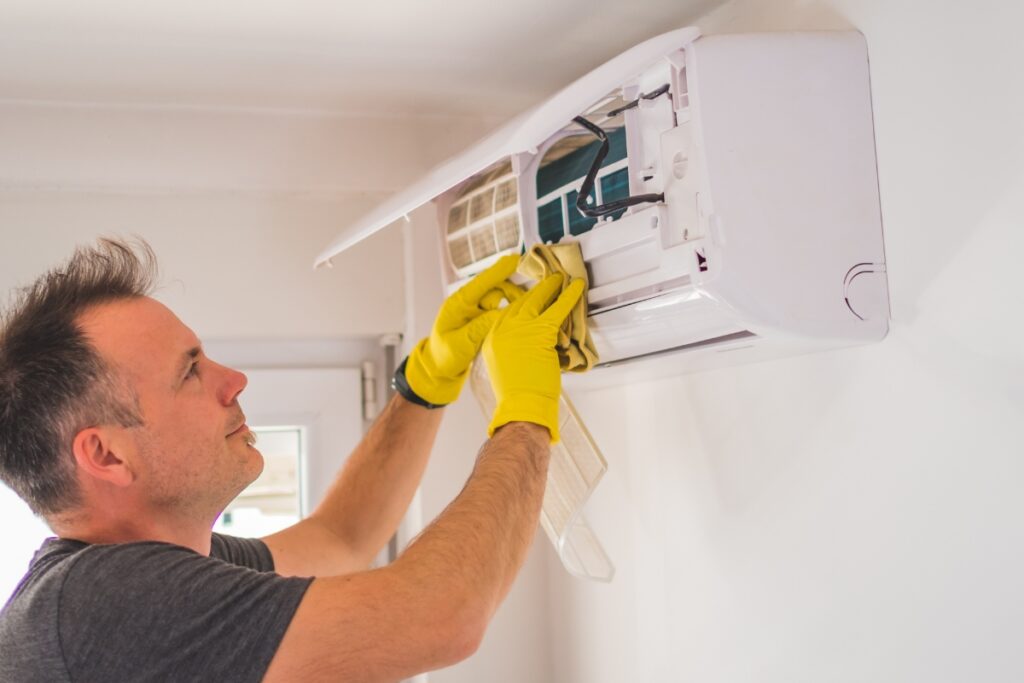
One of the most common HVAC issues homeowners face is strange noises coming from their heating or cooling system. These noises can be unsettling and may indicate a problem that needs to be addressed. Here are some tips to help you identify and resolve these mysterious sounds.
First, pay attention to the type of noise you’re hearing. Is it a banging, clanking, or squealing sound? Each noise can point to a different issue with your HVAC system. For example, a banging noise could indicate a loose or broken part, while a squealing sound might suggest a problem with the fan belt.
If you’re unable to pinpoint the source of the noise, it’s best to call in a professional HVAC technician. They have the expertise and tools necessary to diagnose and fix the issue. Remember, attempting DIY repairs without proper knowledge can lead to further damage and potentially costly repairs.
Understanding Airflow Variations: Causes and Solutions
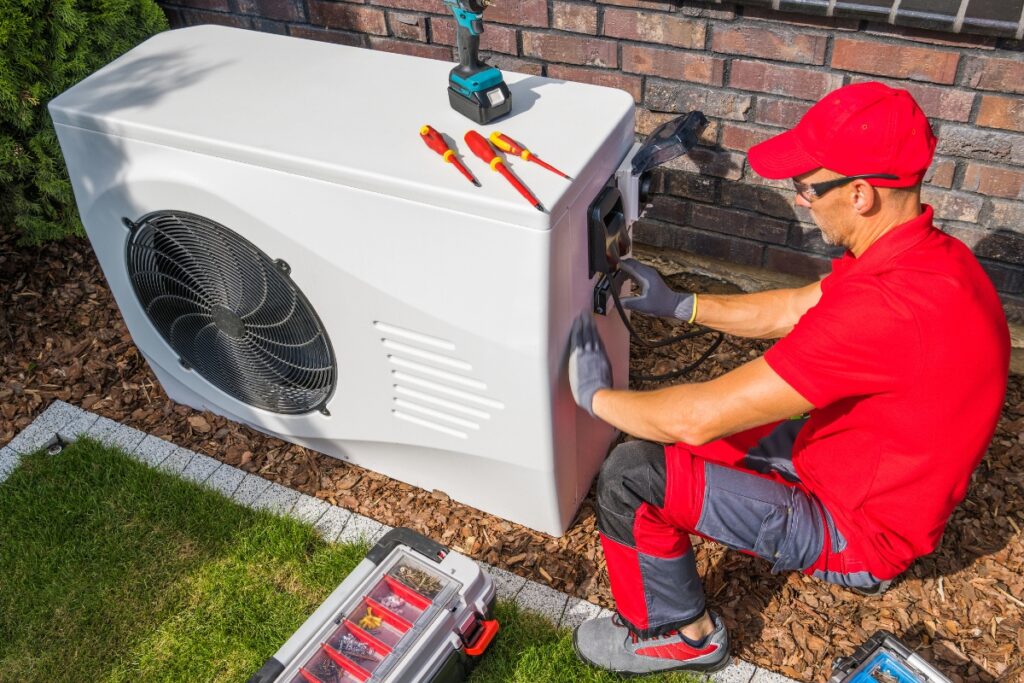
Inconsistent airflow is another common HVAC issue that homeowners often encounter. It can result in certain rooms being too hot or too cold, making it difficult to maintain a comfortable temperature throughout your home. Here are some possible causes and solutions for airflow variations.
One common cause of airflow issues is blocked or dirty air filters. Over time, dust and debris can accumulate in the filters, restricting airflow. Regularly cleaning or replacing your air filters can help improve airflow and prevent this problem.
Another possible cause is leaky ductwork. If there are gaps or cracks in your ducts, air may escape before reaching its intended destination. Sealing these gaps with duct tape or calling in a professional for repairs can help restore proper airflow.
Thermostat Woes: Calibration and Settings
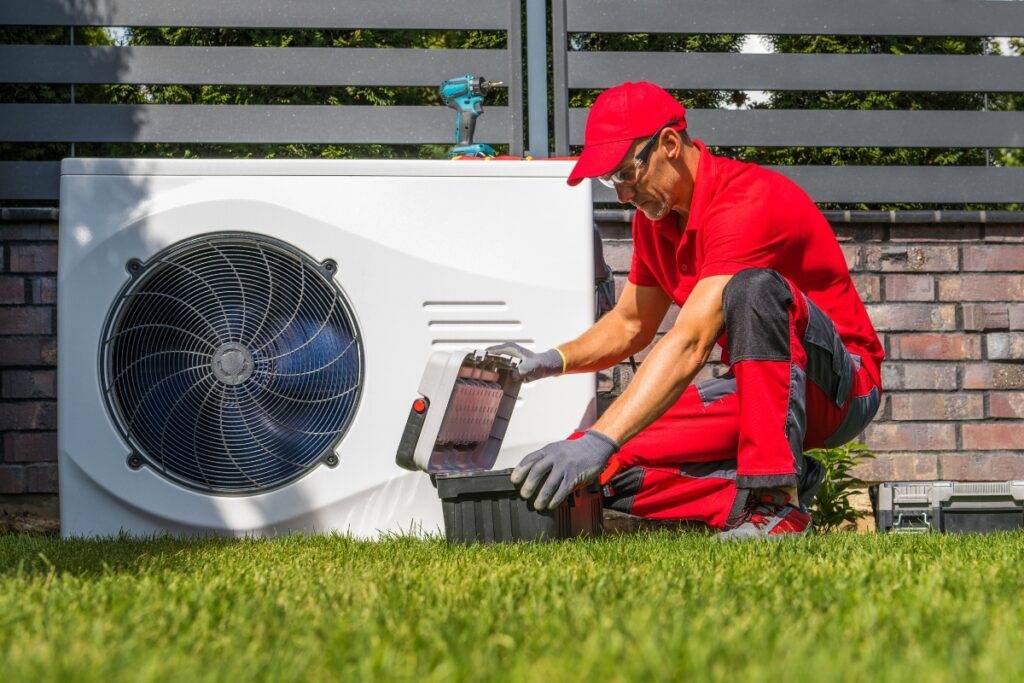
A malfunctioning thermostat can wreak havoc on your HVAC system’s performance. If you’re experiencing temperature inconsistencies or your system isn’t turning on/off as expected, it’s time to troubleshoot your thermostat. Here are some tips to help you calibrate and adjust its settings.
Start by checking the thermostat’s location. It should be placed away from direct sunlight, drafts, and heat sources that can affect its accuracy. Next, ensure that the thermostat is level and securely attached to the wall.
If you suspect a calibration issue, you can try adjusting the temperature settings by a few degrees to see if it makes a difference. Some thermostats also have a calibration feature that allows you to fine-tune their accuracy.
Clogged Filters: The Silent Culprit Behind HVAC Problems
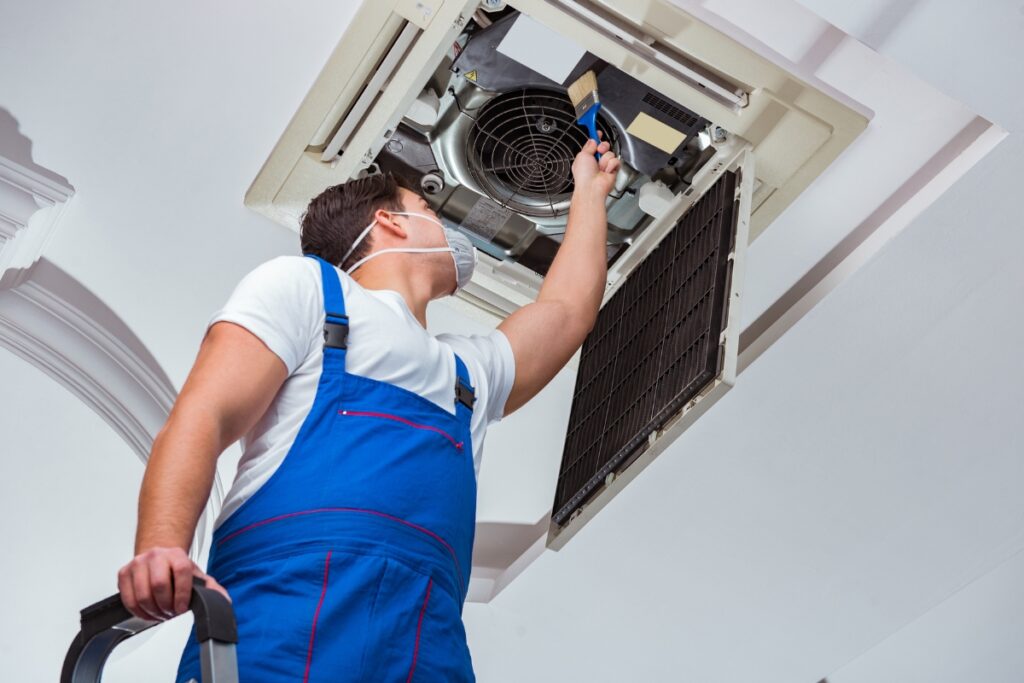
Clogged air filters are one of the leading causes of HVAC issues. When filters become dirty or blocked, they restrict airflow and put strain on your system. Regularly cleaning or replacing your air filters is essential for maintaining optimal HVAC performance.
Dirty filters not only reduce airflow but also decrease indoor air quality. They can harbor dust, allergens, and other pollutants that circulate throughout your home when the HVAC system is running. This can lead to respiratory problems and allergies in occupants.
Leaking Ducts: Sealing the Gaps for Efficiency
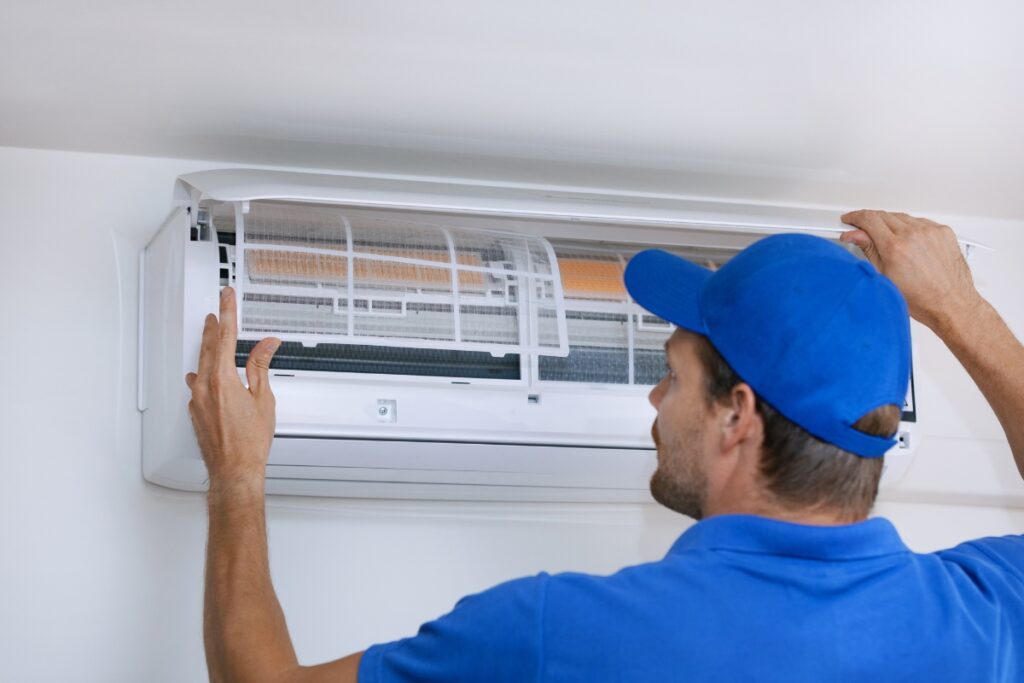
Leaky ductwork is another common problem that affects HVAC efficiency. When there are gaps or cracks in your ducts, conditioned air escapes before reaching its intended destination, resulting in energy waste and reduced comfort levels.
To address this issue, start by visually inspecting your ductwork for any visible gaps or holes. Use duct tape or mastic sealant to seal these gaps properly. However, it’s important to note that duct tape is not a permanent solution and may deteriorate over time. For a more long-term fix, consider calling in a professional to repair or replace your ductwork.
Frozen Coils: Defrosting Techniques for Smooth Operation

When faced with common HVAC issues like frozen coils, it’s essential for homeowners to know how to defrost them effectively to ensure the smooth operation of their heating and cooling systems.
One of the most frequent problems homeowners encounter with their HVAC systems is frozen coils. When coils freeze, it can lead to reduced airflow, poor heating or cooling performance, and ultimately, system breakdown if not addressed promptly.
To defrost frozen coils, the first step is to turn off the system completely to prevent any further damage. Next, check the air filter, as a dirty or clogged filter can restrict airflow and lead to coil freezing. Replace the filter if necessary.
Once the system is turned off and the filter is checked, you can help speed up the defrosting process by gently thawing the coils. This can be done by placing towels soaked in warm water around the coils or using a hairdryer on low heat to carefully melt the ice buildup.
It’s crucial to avoid using any sharp objects to chip away at the ice, as this can damage the coils and worsen the situation. Patience is key when defrosting coils, as rushing the process can cause further harm to the system.
After the coils have completely thawed, you can turn the system back on and monitor it closely to ensure that it is running smoothly. If the issue persists or if you notice any other problems with your HVAC system, it’s best to contact a professional technician for further assistance.
Electrical Connections: Checking for Faults and Safety Measures
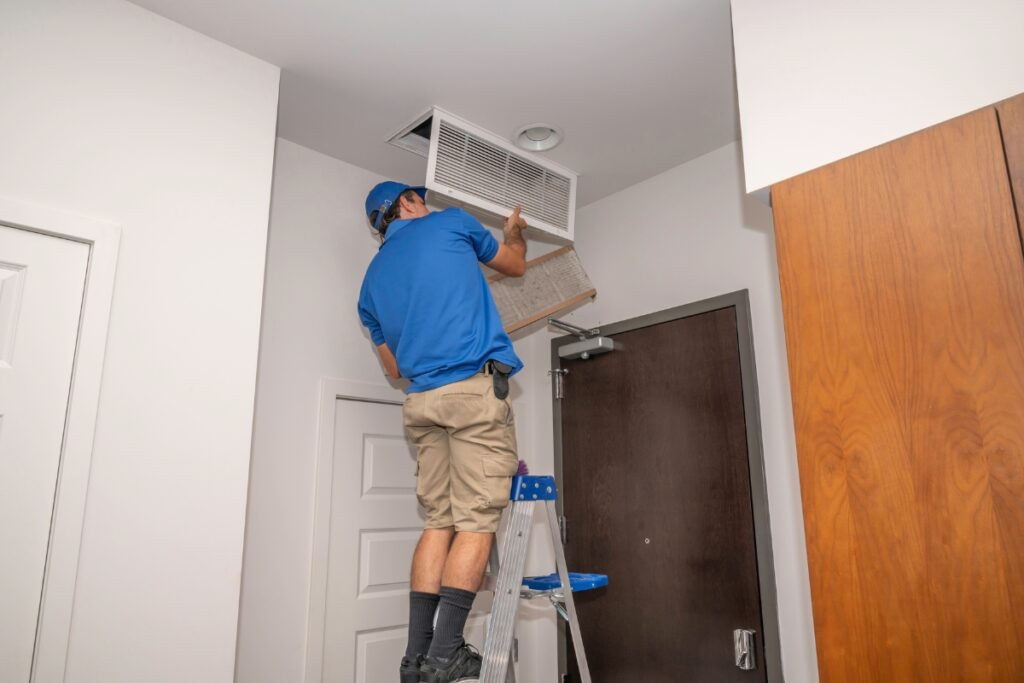
When dealing with common HVAC issues, one crucial aspect that homeowners should pay attention to is the electrical connections within their HVAC system. Checking for faults and understanding safety measures can help prevent potential hazards and ensure the smooth operation of your heating, ventilation, and air conditioning unit.
Electrical connections play a significant role in the functionality of an HVAC system. Over time, these connections can become loose or corroded, leading to issues such as intermittent heating or cooling, system breakdowns, or even electrical fires. Therefore, regular inspection and maintenance are essential to identify and rectify any faults promptly.
To begin checking for electrical faults in your HVAC system, start by turning off the power supply to the unit to avoid any accidents. Inspect the wiring for any signs of wear, damage, or discoloration. Tighten any loose connections and replace any frayed wires to ensure a secure and stable electrical connection.
It is also crucial to check the electrical panels and circuit breakers associated with your HVAC system. Make sure that the breakers are appropriately sized and not overloaded. If you notice any tripped breakers or fuses, investigate the underlying cause before resetting them to prevent further damage.
Safety measures should always be a top priority when dealing with electrical components. Ensure that you have the necessary knowledge and tools to perform inspections and repairs safely. If you are unsure or uncomfortable working with electrical connections, it is best to seek professional help to avoid any risks.
Regular Maintenance: Preventive Steps for Longevity

When it comes to dealing with common HVAC issues, proactive measures play a crucial role in ensuring the longevity and efficiency of your system. Regular maintenance is key to preventing potential problems and costly repairs down the line.
To address common HVAC issues effectively, homeowners should prioritize preventive steps to maintain their systems in optimal condition. By following these troubleshooting tips, you can enhance the performance of your HVAC system and avoid unexpected breakdowns.
- Scheduled Inspections: Regular inspections by a professional technician can help identify potential issues before they escalate into major problems. This proactive approach allows homeowners to address any underlying issues promptly and prevent extensive damage to the HVAC system.
- Air Filter Replacement: One of the most common HVAC issues is a clogged air filter, which can restrict airflow and strain the system. Regularly replacing the air filter according to manufacturer recommendations ensures proper air circulation and prevents unnecessary stress on the HVAC components.
- Thermostat Calibration: A malfunctioning thermostat can lead to temperature inconsistencies and increased energy consumption. Calibrating the thermostat settings and replacing outdated models with programmable ones can help optimize the HVAC system’s performance and energy efficiency.
- Ductwork Inspection: Leaks or blockages in the ductwork can compromise the airflow and distribution of heated or cooled air throughout your home. Periodic inspections of the ductwork can help identify and address any issues, ensuring consistent comfort and efficiency.
- Condenser Unit Maintenance: The condenser unit located outside your home is susceptible to debris buildup and weather-related damage. Regular cleaning and removal of any obstructions around the unit can improve airflow and prevent overheating issues.
By implementing these preventive measures and staying proactive in your HVAC system maintenance, you can address common issues effectively and promote the longevity of your system. Remember, investing in regular maintenance now can save you from costly repairs in the future while ensuring optimal comfort and efficiency in your home.
DIY vs. Professional Help: Knowing When to Call in the Experts

When facing common HVAC issues at home, homeowners often wonder whether to attempt a do-it-yourself fix or seek professional help. Understanding when to call in the experts can save time, money, and potential headaches in the long run.
For common HVAC issues like a malfunctioning thermostat, clogged filters, or unusual noises, homeowners can try troubleshooting tips before contacting professionals. Checking the thermostat settings, replacing filters regularly, and inspecting the unit for any visible damage are simple tasks that can resolve minor issues.
However, more complex problems such as refrigerant leaks, faulty electrical components, or compressor issues require the expertise of HVAC professionals. Trying to tackle these issues without the necessary knowledge and tools can lead to further damage and safety hazards.
It’s essential for homeowners to assess their comfort level, skills, and the nature of the problem before deciding between DIY solutions and professional help. While DIY approaches can be cost-effective for minor issues, investing in professional services for intricate HVAC problems ensures proper diagnosis, efficient repairs, and long-term system performance.
Knowing the boundaries between DIY troubleshooting and professional intervention is key to maintaining a functional HVAC system and ensuring a comfortable living environment. By being aware of when to call in the experts, homeowners can effectively manage common HVAC issues and prolong the lifespan of their heating and cooling systems.
Conclusion: Mastering HVAC Troubleshooting for a Comfortable Home
Tackling common HVAC issues doesn’t have to be a daunting task. By familiarizing yourself with troubleshooting techniques and taking preventive measures, you can maintain a comfortable home environment all year round.
If you’re experiencing common HVAC issues at home, don’t hesitate to reach out to A.D. Campbell HVAC for expert troubleshooting and solutions. Our team is dedicated to providing top-notch HVAC services to homeowners, ensuring your comfort and peace of mind.
Contact us today at (404) 882-8226 or put in a service request on our website form to get assistance right away. Let us help you resolve your HVAC problems and keep your home running smoothly.

